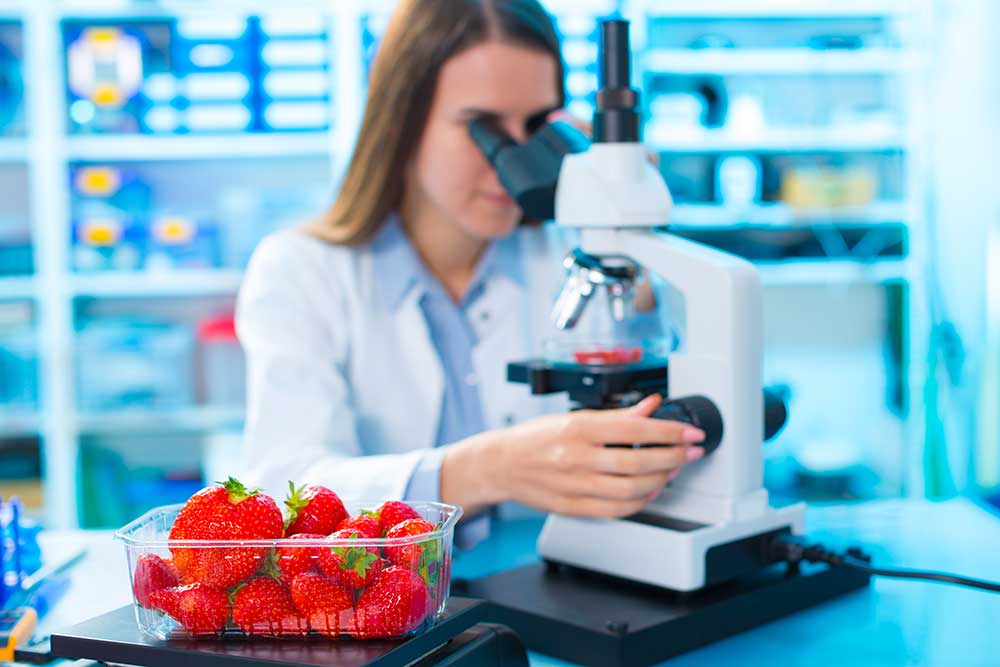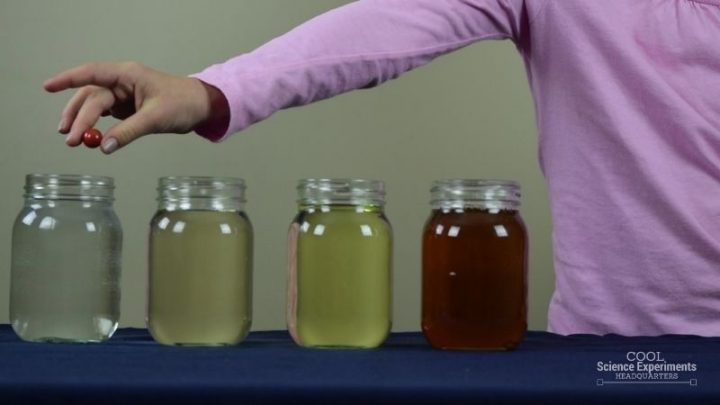

This saves from having downtime or a large amount of product that needs to be reworked.” Our equipment and method allow the processor to make changes to the process at a point where it is still possible. “Unfortunately, at that point, it is too late if anything is wrong with the raw ingredient. “Until we developed the method, the only way knew what was going to happen was simply to start processing,” says Lambert. If it was too dry, it crumbled too wet, and it flattened out on the conveyor. The major issue was how the product held its shape. The processor had no way of knowing how a raw ingredient was going to behave until it started making product. While it wasn’t a safety issue, it was a major quality issue that affected both the end product and the processing method. Drew Lambert, Food Technology Corporation technical services manager, recalls a sticky problem that a candy company recently encountered.

Then it’s too late, and a batch is wasted.

Without the right instrumentation in the right place, some processors don’t really know what factors determine the quality of their products until they’re finished. Besides just getting results, it has to be accurate-and getting and interpreting these results shouldn’t require the expertise of three PhDs. When checking quality and/or food safety at the end of the line, you may find that the speed of results may not be as important as the instrumentation’s ability to measure constituents or potential contamination. If quality is a concern halfway through the process, you’ll need fast, onsite instrumentation (possibly online or inline) and test kits. Whether you employ analytical instrumentation for quality or food safety or both, the type of analytical instrumentation and testing will vary based on where it’s employed in the food process.


 0 kommentar(er)
0 kommentar(er)
